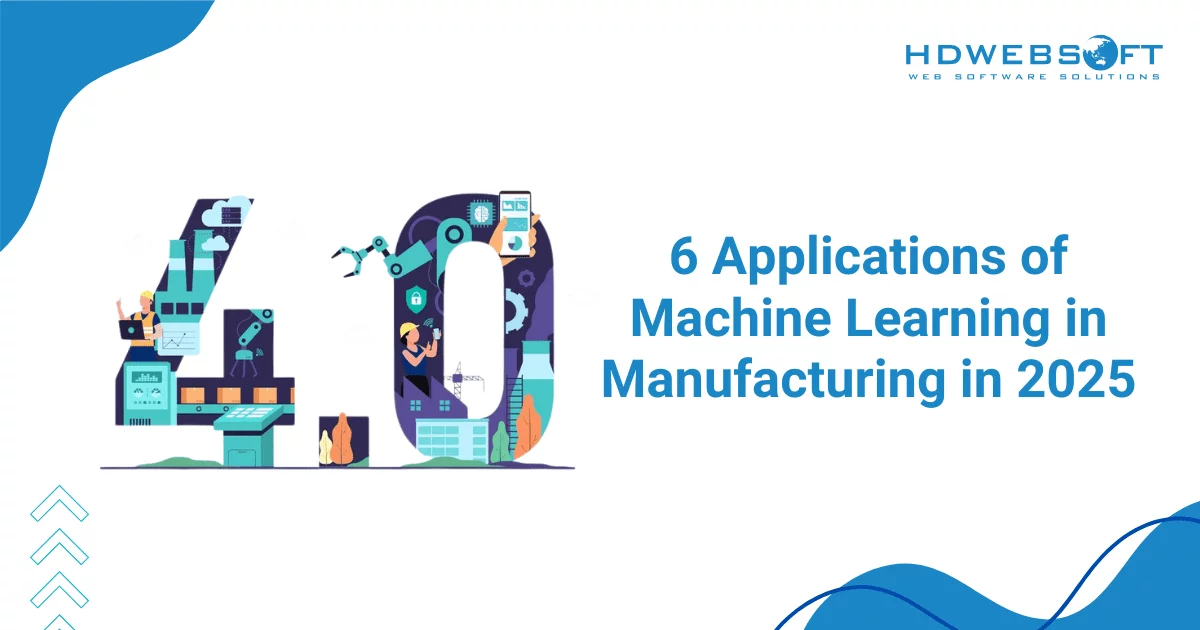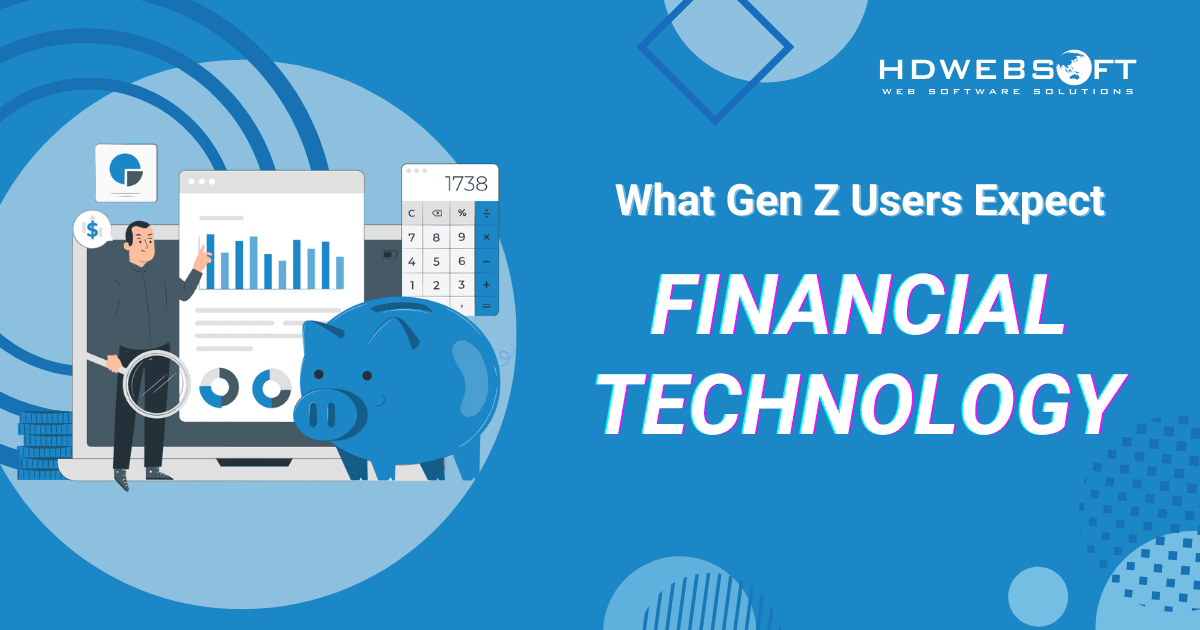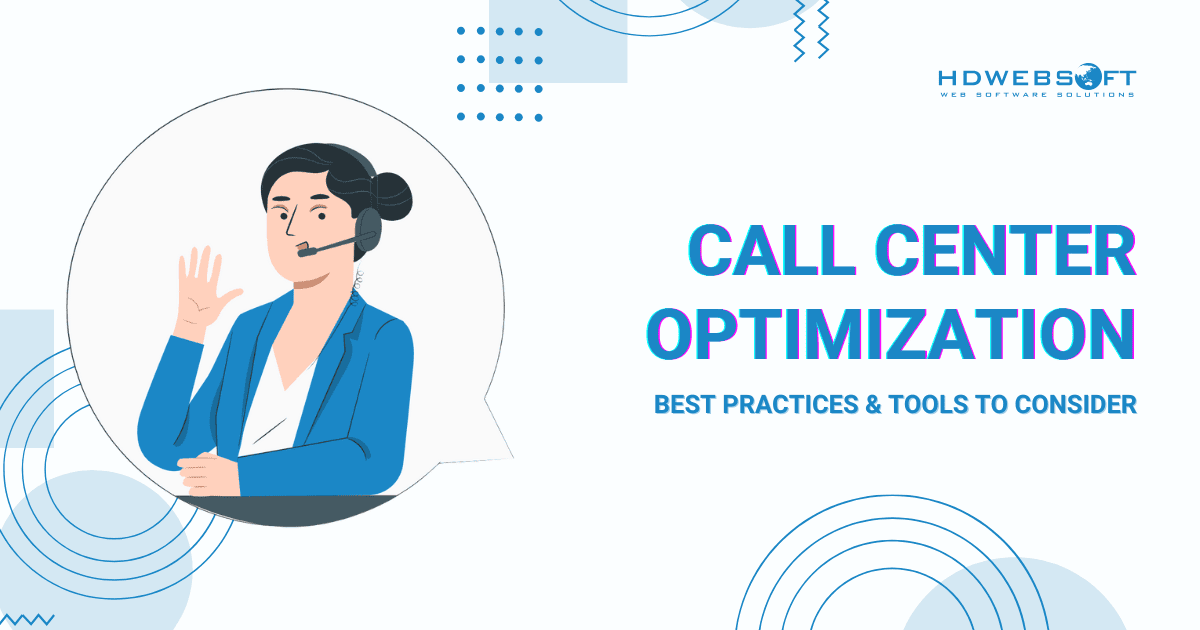
Call Center Optimization: Best Practices and Tools to Consider
Call center optimization has never been more critical. By 2027, the global call center market is projected to reach $607.7 billion. Moreover, 85% of customer interactions are now resolved through digital or automated channels. Yet, despite rapid modernization, average handle times remain stubbornly around 6 minutes 10 seconds.
In today’s writing, we’ll explore key strategies and tools to help you streamline your call center operations.
What is Call Center Optimization
At its core, call center optimization refers to the strategic improvement of processes, technologies, and personnel to enhance the overall efficiency and effectiveness of a call center. It’s not just about making operations faster. It’s about creating a seamless experience for both customers and agents.
In a competitive landscape where service quality can make or break customer loyalty, optimization is essential for staying ahead.
The Goals of Optimizing the Call Center
The main objectives of optimizing a call center include:
- Reducing wait times: Minimizing hold times and ensuring customers are connected to the right agents quickly.
- Boosting agent productivity: Equipping staff with the right tools, data, and workflows to handle interactions efficiently.
- Improving customer satisfaction (CSAT): Delivering consistent, helpful, and fast responses that improve the customer experience.
- Lowering operational costs: Streamlining resources and reducing redundancies to save time and money.
Basic Performance Improvements vs Holistic Optimization
While basic performance improvements can offer short-term relief, holistic call center optimization takes a broader, more strategic approach to success. Below is a comparison to help clarify the difference:
Holistic optimization ensures that improvements are scalable and data-driven. Plus, these improvements align with both customer expectations and internal goals, instead of merely fixing isolated issues as they arise.
Best Practices for an Effective Call Center Optimization
To achieve sustainable success, businesses must go beyond surface-level changes and adopt best practices that support a long-term call center. From performance tracking to technology upgrades, these approaches help you build a more agile, efficient, and customer-focused call center.
Track and Measure the Right Metrics
Effective call center optimization begins with data. Regularly monitoring and analyzing key performance indicators (KPIs) allows managers to identify performance gaps, agent bottlenecks, and customer satisfaction trends. Therefore, you should focus on metrics that reflect both operational efficiency and service quality, such as:
- Average Handle Time (AHT) – how long agents spend on each call
- First Call Resolution (FCR) – percentage of issues resolved in a single interaction
- Customer Satisfaction Score (CSAT) – post-interaction customer ratings
- Net Promoter Score (NPS) – likelihood that a customer would recommend your service
- Call Abandonment Rate – how often callers hang up before reaching an agent
- Service Level – percentage of calls answered within a set time frame
Tracking these metrics consistently helps you pinpoint areas for improvement and make informed decisions based on data.
Perform A/B Testing
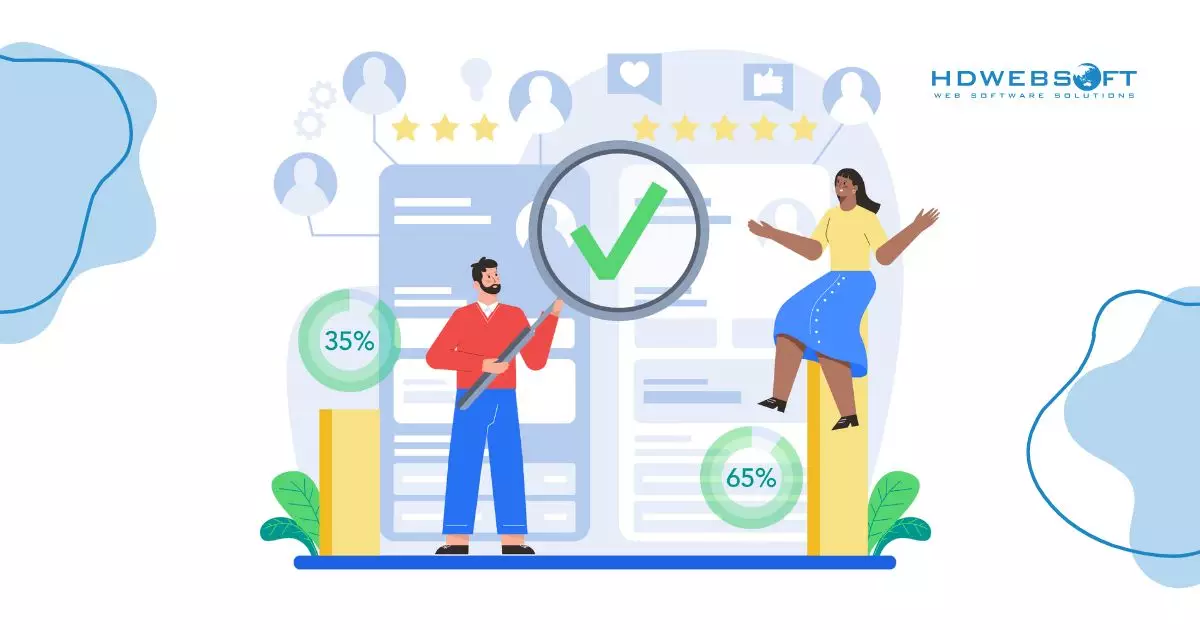
Just like in marketing, A/B testing can be a powerful tool for optimizing a call center. Test different scripts, call routing strategies, or agent workflows to see which ones yield better call center optimization results.
For example, you might compare the effectiveness of two different opening greetings or evaluate whether shorter hold music reduces abandonment rates. Over time, these controlled experiments provide valuable insights that lead to better service outcomes.
Provide Continuous Training to Call Center Agents
As a matter of fact, your agents are at the front line of customer interaction. Hence, continuous training will make sure that they stay updated on tools, protocols, and soft skills. Plus, you should use performance data to identify knowledge gaps and personalize coaching.
Our tips for you are to incorporate mock calls, recorded call reviews, and AI-powered feedback tools to help agents improve. Empowered and confident agents are essential to achieving long-term success in optimizing a call center.
Use Modern Call Center Software
Last but not least, outdated systems are one of the biggest obstacles to efficiency. Investing in modern call center optimization software provides your team with access to features such as omnichannel communication, CRM integration, real-time reporting, and AI-assisted routing.
Consequently, these tools streamline operations, enhance the customer experience, and enable smarter decisions. Ultimately, they become an essential part of any contact center optimization strategy.
Check out our case study: Call Center Spam Filter – an SaaS-IoT Solution.
Top 3 Call Center Optimization Software
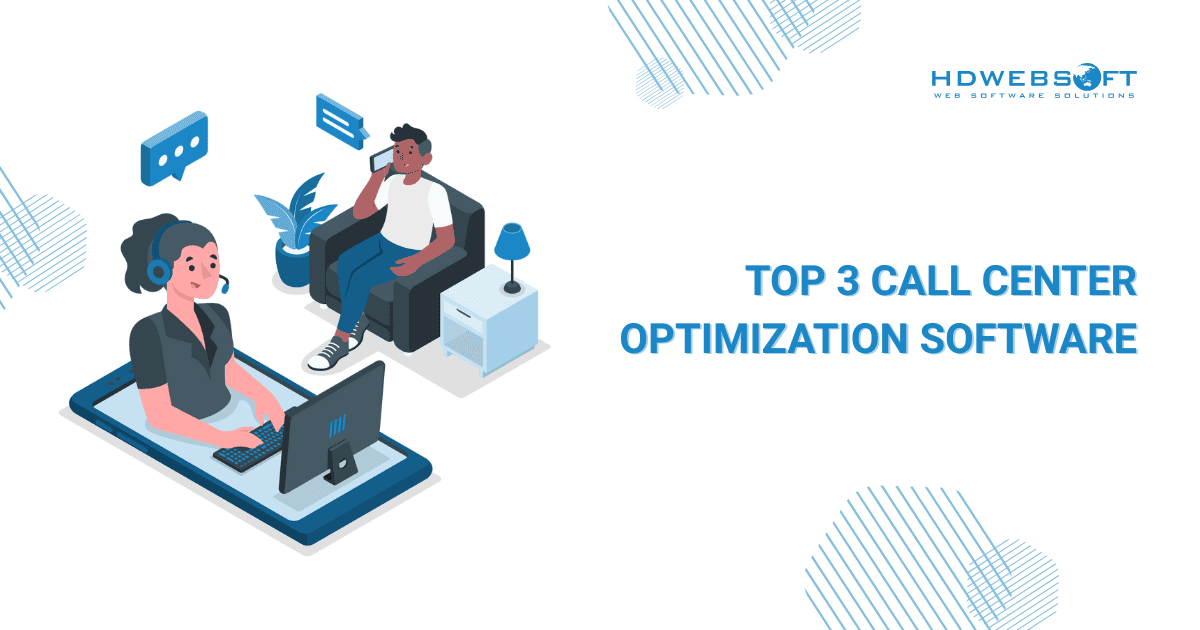
Microsoft Dynamics 365 Customer Service
The software is designed to enhance agent productivity and customer satisfaction by offering intelligent support tools. Features like AI-powered suggestions for similar cases or relevant knowledge base articles help agents resolve issues more efficiently. All the while, customers benefit from self-service options that allow them to find solutions independently.
Key Features
- Omnichannel Support: Agents can interact with customers across multiple platforms such as email, SMS, social media, and more. With smart routing capabilities that ensure each inquiry reaches the right person.
- Self-Service Portals: Businesses can create intuitive self-service portals where customers can search for answers, browse FAQs, or submit requests. As a result, the need for direct agent involvement is significantly reduced in call center optimization.
- Performance Dashboards & Reporting: Managers get access to real-time analytics, including metrics like Average Resolution Time and Customer Satisfaction Score. Better decision-making and team optimization are what you can expect.
- Power Virtual Agent: Built-in tools allow teams to design and deploy AI-powered chatbots capable of understanding natural language and even handling voice interactions, freeing up human agents for more complex tasks.
Limitations
Limited Third-Party Integrations: One downside is its relatively narrow support for integrations with external services and tools compared to some other platforms.
Pricing
- Professional Edition: $50 per user/month
- Enterprise Edition: $105 per user/month
- Premium: $195 per user/month
For more details, visit the official Dynamics 365 Customer Service product page here.
Salesforce Service Cloud
This is a robust platform designed to support modern contact and call center optimization operations. Packed with intelligent features like computer telephony integration (CTI), real-time transcription, and AI-powered analytics, it equips support teams with the tools they need to work more efficiently and deliver exceptional customer service.
Main Components
- Service Cloud Voice: Integrates seamlessly with telephony systems. The goal is to offer interactive voice response (IVR) for gathering customer information and directing them to the most appropriate agent. Calls are automatically recorded and transcribed. At the same time, AI agents assist during live interactions by recommending helpful actions or responses.
- AI-Driven Analytics: The system provides real-time dashboards for tracking essential KPIs, agent performance, and overall contact center metrics. Hence, managers can make informed decisions quickly.
- Omnichannel Routing: Customer inquiries from various platforms are intelligently routed to agents based on skill set and availability. By then, faster and more relevant responses are ensured.
- Communities & Self-Service Tools: Create intuitive self-service portals and customer communities using a drag-and-drop editor. These portals can include a knowledge base, live chat support, and discussion forums. Ultimately, they empower users to solve problems independently or seek peer help, while contributing to overall call center optimization.
- Einstein Bot: Salesforce’s AI-powered chatbot can be customized to answer frequently asked questions using natural language processing and voice recognition. This automation helps reduce the load on live agents while maintaining a high level of service.
Drawbacks
The tool isn’t available for on-premises implementation, which may be a constraint for organizations with strict data residency or infrastructure policies.
Quoting
- Starter Edition– $25 per user/month (billed monthly or annually)
- Pro Edition – $100 per user/month (starting price, billed annually)
- Enterprise Edition – $165 per user/month (billed annually)
- Unlimited Edition – $330 per user/month (billed annually)
- AgentForce Edition – $550 per user/month (billed annually)
Learn more by visiting the official Salesforce Service Cloud product page here.
Five9
This is a fully cloud-based contact center solution that helps businesses deliver seamless and personalized customer service experiences. It’s equipped with advanced AI-powered tools, including virtual assistants, predictive dialers, and omnichannel support, to power call center optimization. Furthermore, Five9 enables support teams to operate more efficiently while enhancing customer satisfaction across voice, email, chat, and social platforms.
Main Features
- Workforce Management: Uses six distinct forecasting models to help you predict call volume and schedule the right number of agents accordingly. Plus, it factors in non-call activities like training sessions and lunch breaks to ensure optimal staffing throughout the day.
- Quality Monitoring: The platform includes robust analytics and performance tools to evaluate agent effectiveness. You can track interactions through recording, monitor live calls, and manage agent quality through performance insights.
- Virtual Assistant: With built-in NLP, speech recognition, and sentiment analysis, Five9’s Virtual Assistant can handle common inquiries without human intervention. It’s designed to understand tone, generate natural responses, and improve self-service effectiveness.
Disadvantages
- Cloud-Only Deployment – No support for on-premises hosting.
- No Free Trial – Users must commit without a try-before-you-buy option.
- Lacks a Mobile App – Limited accessibility for mobile-centric workflows.
Charging
- Digital and Core – $119 per user/month (36-month contract)
- Premium, Optimum, and Ultimate – not publicly listed and must be obtained directly from Five9’s sales team.
You can explore more by visiting the official Five9 website or contacting their team for a personalized quote.
Future Trends in Call Center Optimization
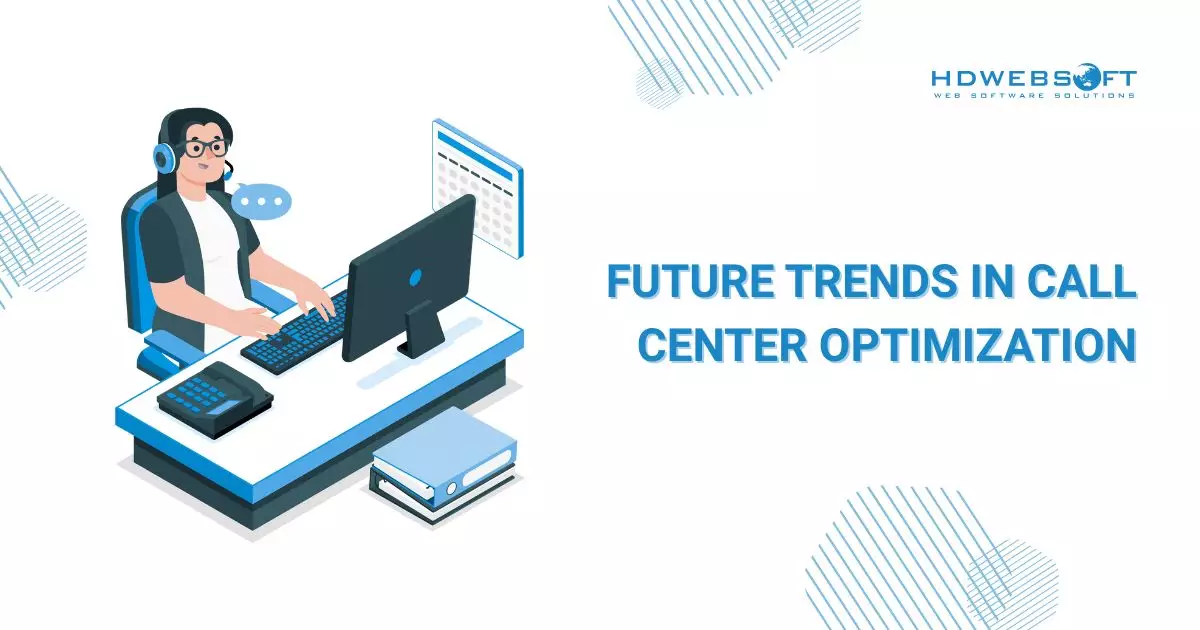
As technology and customer expectations continue to evolve, so does the landscape of call center optimization. Businesses seeking to stay ahead must adopt emerging trends that extend beyond mere efficiency.
AI-Powered Agent Assist
One of the most impactful advancements in optimizing a call center is the rise of AI-driven agent-assist tools. These systems listen to customer conversations in real time, offering suggested responses, knowledge base links, or next-best actions. With their help, agents can resolve issues faster and more accurately.
Predictive and Proactive Customer Support
Rather than waiting for customers to report problems, more call centers are leveraging predictive analytics. In particular, it’s used to identify and address potential issues before they arise. This shift toward proactive support not only boosts satisfaction but also reduces call volume.
Hyper-Personalization Through Unified Data
By unifying data from CRM systems, past interactions, and behavioral analytics, companies can deliver hyper-personalized support experiences. Future-ready call center optimization strategies will rely heavily on personalization to improve customer loyalty and retention.
Automation in Omnichannel
Customers increasingly expect support across multiple channels: chat, email, phone, and social media. The future lies in automating responses across these channels using intelligent bots and seamless handoffs to live agents when needed. That way, consistent service regardless of the medium is certain.
Voice Biometrics and Sentiment Analysis
Security and emotional intelligence are becoming more prominent. Voice biometrics help verify customers without tedious questions. Meanwhile, sentiment analysis allows agents and supervisors to detect frustration or satisfaction in real-time and adjust their approach accordingly.
Rise of No-Code/Low-Code Platforms
As the demand for faster innovation grows, low-code and no-code tools are becoming increasingly popular. Consequently, they enable teams to build and deploy custom workflows or automations without heavy IT support involvement. This democratizes call center optimization, allowing operations teams to adapt faster to change.
Making Your Call Center Optimization Software a Competitive Edge
Achieving meaningful improvements in your call center’s performance starts with selecting the right software solution, one that aligns with your specific goals, processes, and customer expectations. Off-the-shelf tools can be limiting, especially when your operations demand more flexibility and scalability.
At HDWEBSOFT, we specialize in custom software development tailored to your unique business needs. Whether you’re building from scratch or enhancing an existing system, our team can help you implement intelligent features, streamline workflows, and integrate automation that gives your support team a real competitive edge. Contact us today for a free consultation.







